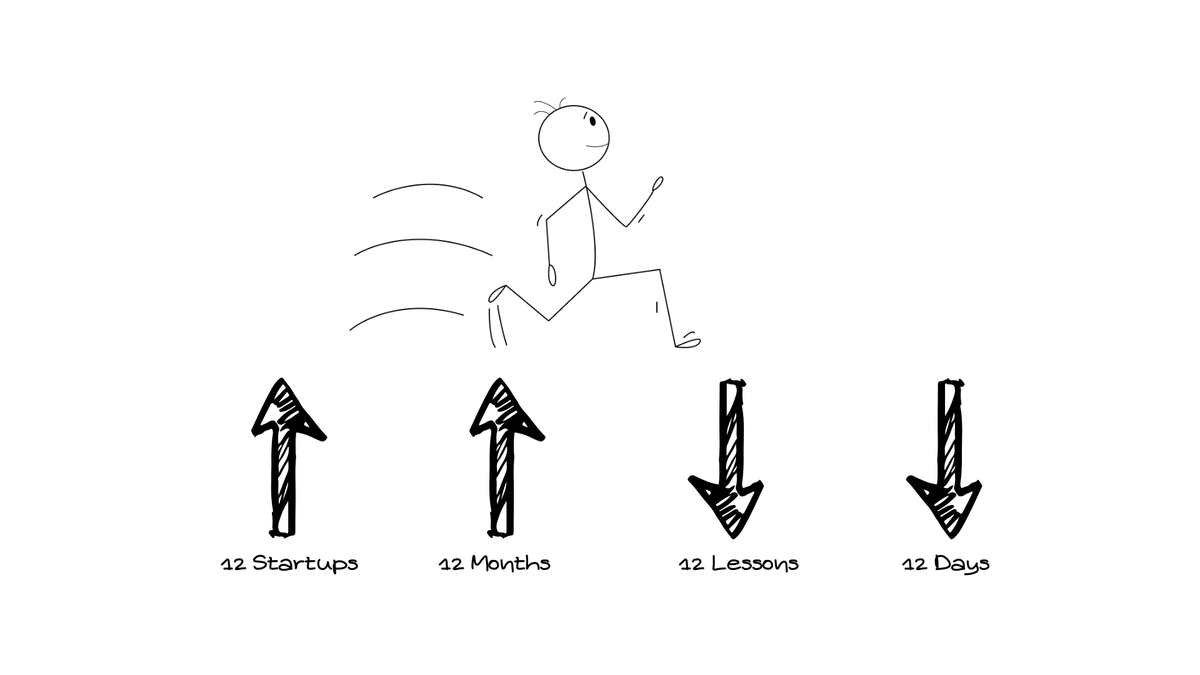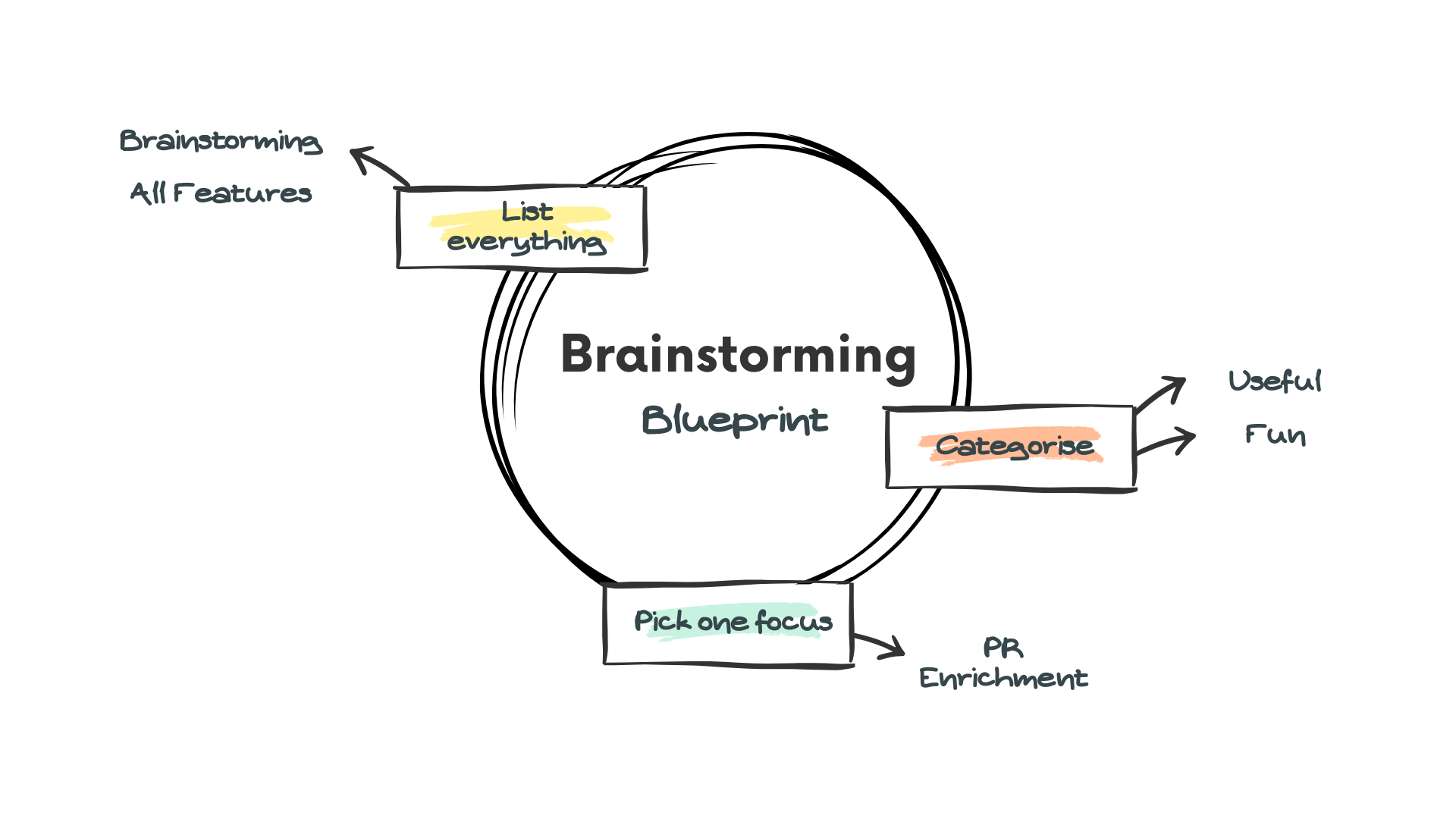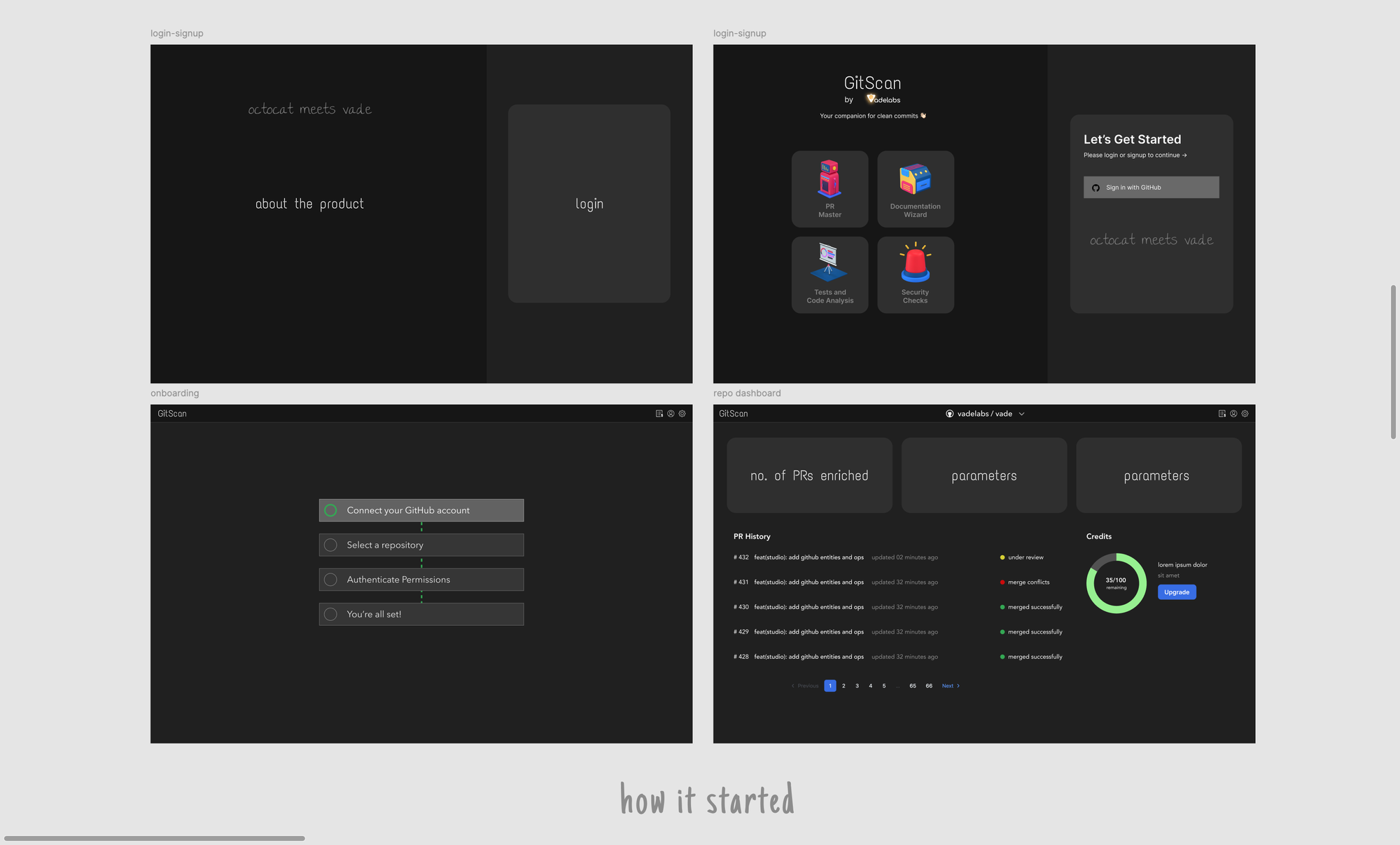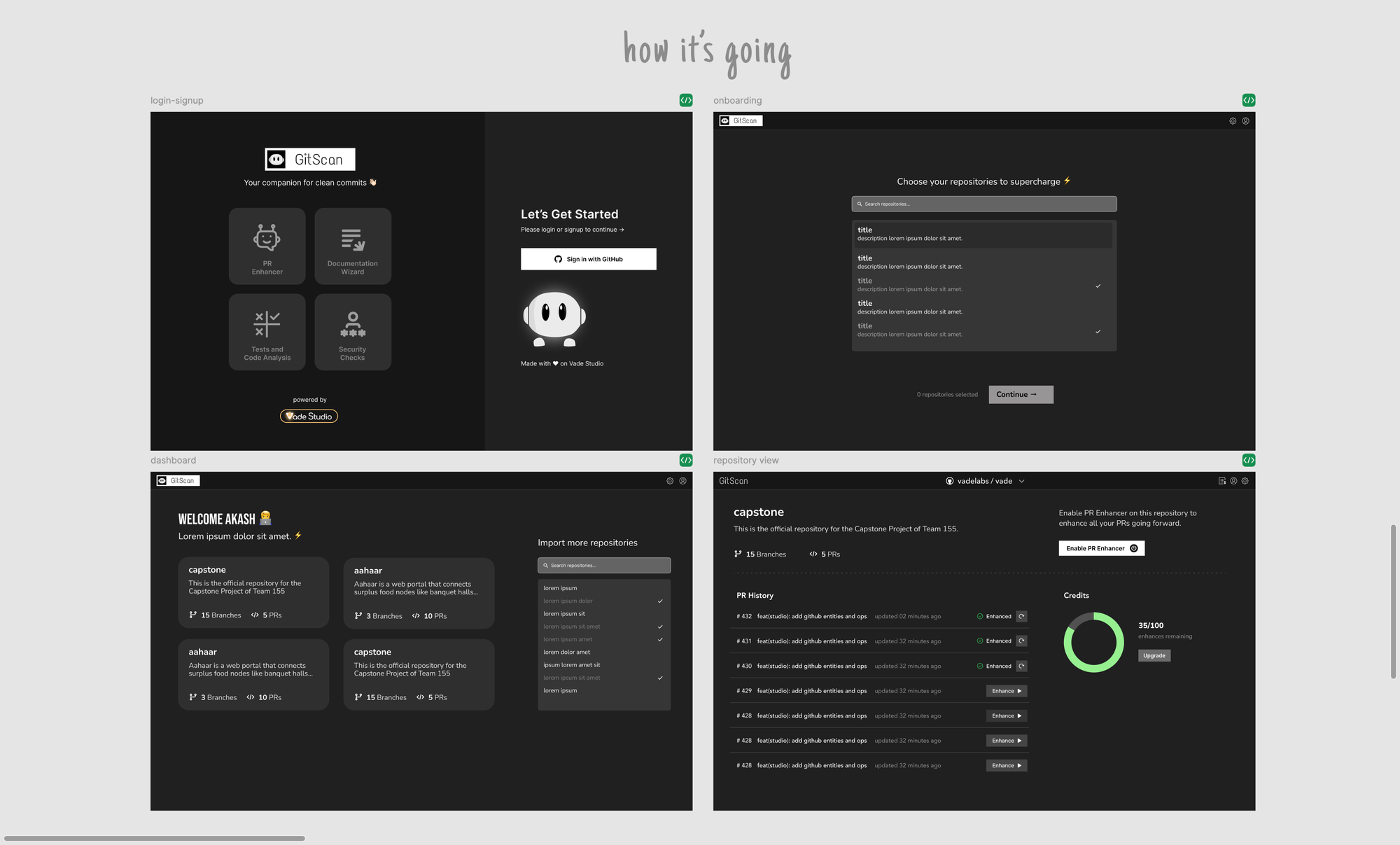12 Startups in 12 Months to 12 Lessons in 12 Days
We started 2025 with an audacious goal: building 12 startups in 12 months. But our first project with Vade Studio quickly turned those plans into 12 humbling lessons. Here's what we learned about product development, technical debt, and why sometimes you need to slow down to speed up.

January 1st, 2025. Fresh coffee. A clean whiteboard. A team buzzing with the kind of New Year energy that makes you believe you can actually stick to resolutions.
We'd just shipped the first version of Vade Studio, our no-code platform for next generation of builders. Sure, it was rough around the edges, but hey—we'd built our own landing page with it! The Lighthouse scores glowed green, the UI didn't crash, and we felt invincible.
"If we can build this," we said, slapping the table, "we can build 12 startups in 12 months."
~ Famous last words.
TLDR: Twelve Lessons from Our First Month
- Using your own product is the best (and most painful) way to find product gaps
- A simple feature becomes complex when you have to build the tools to build it
- Small payload sizes matter - what works in development might crash in production
- Authentication flows need to be designed end-to-end, not just for the happy path
- Dynamic data binding should be a core feature, not an afterthought
- Developer experience is as crucial as user experience
- UI components need to be composable from day one
- Deployment feedback is not a nice-to-have, it's essential
- State management complexity grows exponentially with features
- Sometimes you need to slow down to speed up
- Technical debt compounds faster than you think
- The best products are built on solid foundations, not quick fixes
Now, let's dive into how we learned these lessons the hard way...

Starting With Our Own Pain Points
Every day in our development workflow, I noticed tasks that felt repetitive:
- Writing clear PR descriptions that actually help reviewers
- Keeping our documentation up to date
- Making sure our tests matched our implementations
- Running security checks
But we also had some fun ideas brewing:
- What if we could generate personality profiles from GitHub activity?
- How about creating engaging profile Readme automatically?
- Could we run dev-centric raffles based on PR contributions?
The Brainstorming Blueprint
In our Week 1 brainstorming session, we did something crucial: instead of trying to solve everything, we listed out all possible features and then ruthlessly prioritized.
Our process was simple:
- List every pain point we personally faced
- Add fun features we'd love to have
- Organize them into "Useful" and "Fun" categories
- Pick ONE thing to solve well
The key insight? Start with a single workflow that provides immediate value. For us, that was PR enrichment - taking a raw PR and creating a clear, engaging summary for reviewers.

One Thing, Done Right
Here's where it gets interesting. We didn't just minimize our feature set - we minimized everything:
Website Requirements:
- GitHub login
- Repository connection
- Simple workflow enable/disable
- That's it
Backend Needs:
- PR webhook listener
- Single workflow execution
- Nothing more
This ruthless minimization meant we could focus entirely on making one thing work perfectly.
When Reality Hits The Dream
Here's something most founders don't talk about: we had to evolve our own platform to make GitScan possible.

Roadblock #1: The Great API Avalanche
Our first task seemed simple: integrate the GitHub API. Then we added Gemini API for good measure. Suddenly, our app started hanging like a Windows 98 machine running Crysis.
The culprit? Our websocket payload size. See, Vade Studio uses a differential sync algorithm (fancy words for "keeping everything in sync"). We were trying to send the entire application state in one go. It was like trying to fit an elephant through a mail slot.
The fix? Chunking. Breaking down our elephant into more manageable pieces. It wasn't pretty, but it worked. First lesson learned: sometimes you need to break things down to build them up.
Roadblock #2: The OAuth Identity Crisis
Midway through development, we had an "oh no" moment. We had OAuth2 support in our integrations screen, but how would it work in the deployed version? It was like building a house and realizing we forgot the doors.
We had to enable auth provider support in our runner, generating auth routes for the UI to call. Small victory: GitHub login worked! We celebrated like we'd just invented authentication itself.
Roadblock #3: The Dynamic Data Dilemma
Then came the moment of truth: configuring dynamic data in the UI. How do you show a list of repositories when your UI components don't know they need to be dynamic?
We took some shortcuts. The select component ended up about as composable as a brick wall, but it worked. Sometimes, done is better than perfect.
Roadblock #4: The Deployment Dance
Deployment brought its own surprises. Our workflow integration resembled a broken record player—technically moving but producing no music. We had to teach our runner to execute Page workflows during SSR and handle initial state correctly.
Finally, we could see repositories in the deployed version. It felt like watching your first "Hello, World!" program run, except we were several weeks in.
Roadblock #5: The UI Avalanche
Simple routing and displaying PRs in a table became our Mount Everest. We didn't even have a table component in our mockup screen. At this point, we were building the airplane while flying it.


The Humbling Reality Check

Two weeks in, exhausted and humbled, we had a sobering thought: a developer with an AI code editor could have probably built this in two minutes.
Sure, they might have spent two hours debugging edge cases and OAuth flows, but still—our "no-code platform for builders" was taking longer than actual coding.
It was a tough pill to swallow. Here we were, building a platform to make development faster, and we couldn't even match the speed of traditional coding enhanced with AI.
Our platform wasn't just competing with no-code tools anymore; we were up against increasingly powerful AI development tools that could scaffold entire applications in seconds.
The irony wasn't lost on us. We'd started this journey thinking we'd revolutionize how builders build applications. Instead, we were getting a masterclass in why development tools need to be not just different, but significantly better than existing solutions.
The Retrospective: When Truth Hits Harder

Two weeks had become a month. Our seemingly simple workflow had exposed significant issues in our platform. We called a retrospective meeting to understand what went wrong, and the team's feedback revealed several critical problems:
- Core State Management Issues
- Users would lose their changes upon logout
- Invalid session errors appeared frequently
- The saving indicator wasn't accurately reflecting the state
- State mismatches between client and server were common
- Performance Issues
- Initial loading times were unacceptably long
- Routing transitions were slow and often mismatched
- Deployment processes lacked proper feedback and appeared to hang
- UI/UX Problems
- Component placement on the canvas was difficult and unreliable
- Drag-and-drop functionality was so problematic that users preferred deleting and recreating components
- Settings panels would shift unexpectedly when handling nested data
- The auxiliary tool for component insertion was too restrictive
- Development Workflow Gaps
- Dynamic data linking process wasn't intuitive
- Integration screens weren't self-explanatory
- Workflow execution lacked clear feedback
- Basic components we needed weren't available
After reviewing these issues, we made a crucial decision: February would be dedicated to fixing these fundamental problems. Instead of pushing forward with half-working features and accumulating technical debt, we'd focus on making our platform reliable and usable.
The Pivot: Quality Over Speed
So here we are, with a partially built Git Scan and a clear view of our platform's limitations. Instead of chasing the "12 startups in 12 months" metric, we're dedicating February to strengthening Vade Studio's core functionality.

Our focus areas include:
- Reliable state management and session handling
- Improved performance and loading times
- Better UI component placement and manipulation
- More intuitive dynamic data configuration
- Clearer deployment feedback and monitoring
- Enhanced development workflow and component library
Are we abandoning our original challenge? No. We're ensuring we have the right foundation to build upon. We realized that rushing to build more applications on a shaky platform would only create more problems down the line.
Building twelve startups isn't just about the number — it's about creating useful, reliable products. And to do that, we need a platform that we can depend on.
